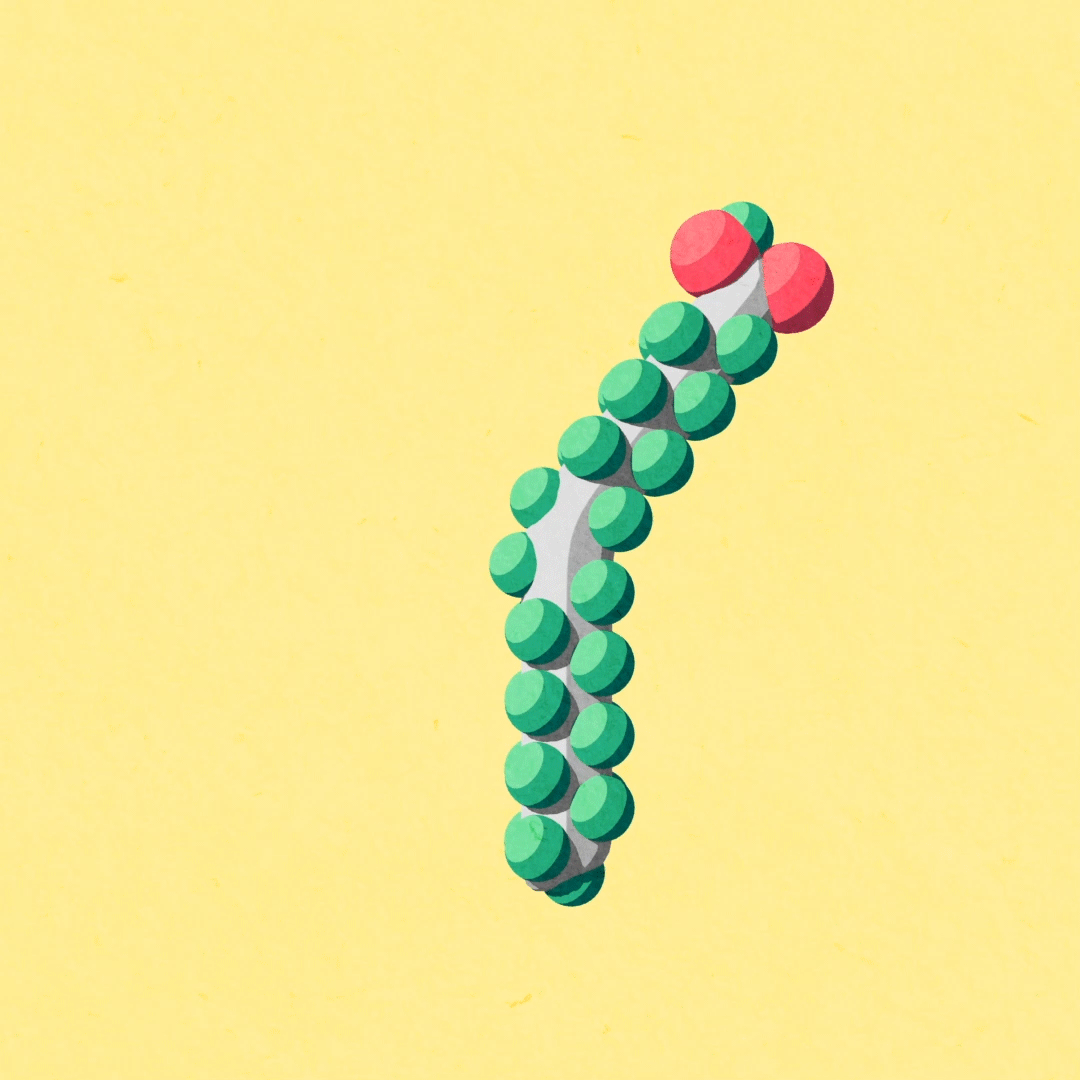ULTRA-PROCESSED FOODS
2D animation
PROJECT DETAILS
Ultra-processed foods have drastically increased their presence in our diet in the past few decades to the point that are practically unavoidable. They are linked to numerous health problems: diabetes, obessity, cardiovascular diseases, etc. However, what exactly are ultra-processed foods? How can we recognize them? And why are they harmful for our bodies?
This 2D animation aims to solve thesen questions and educate the lay audience so they are able to make informed dietary choices.
AUDIENCE
General
CLIENT
Prof. Shelley Wall
University of Toronto
YEAR
June 2021
FORMAT
16:9
SOFTWARE
Adobe Illustrator
Autodesk Maya
Adobe After Effects
Adobe Audition
Adobe Media Encoder

PROCESS WORK
1
Research
I initially wanted to create an animation about the importance of having a healthy diet. However, while doing research, I came about alarming statistics on the over consumption of ultra-processed foods and their impact on our health. Difficulties identifying ultra-processed foods and misinformation or misconceptions around diets are the main reasons for over consumption of these kind of foods.
My goal when doing research was clarify some important terms and adress the following points:
- What are the differences between processed and ultra-process foods?
- What are nutrients and why are nutrients necessary?
- How do refined carbohydrates, trans fats and artificial ingredients affect our health?
- How can we identify ultra-processed foods?
2
SCRIPT
When writing the script, it was important for me to focus on clarifying basic concepts that are commonly misunderstood, like the difference between processed and ultra-processed foods, or the importance of nutrients in our health and its classification. I wanted to provide the audience with a simplified scientific explanation to each statement made through the animation so that there were no "why?" left without answer and they could make informed dietary decisions.




3
STORYBOARD
Once the script was finalized, I started working on the storyboard. I was inspired by some TED Educational animations that were using Motion Graphics. I created simple scenes with a reduced number of elements and decided that I would engage the audience with playful movements and colorful visuals.
 |  |
|---|---|
 |  |
 |  |
 |  |
 |
4
ANIMATION
When creating the assets and animating, I started adding elements that would tie different scenes in the animation together: repetition, consistent colour palette, etc. It was important that the animations looked natural, so that they would not distract the audience from the narration. To ensure that, I used basic principles of animation: squash & stretch, anticipation, staging and exaggeration. Here you can see some of the initial storyboard frames and how they turned out once animated.












